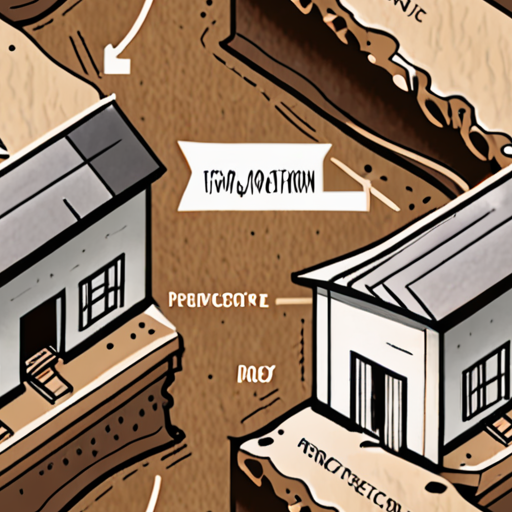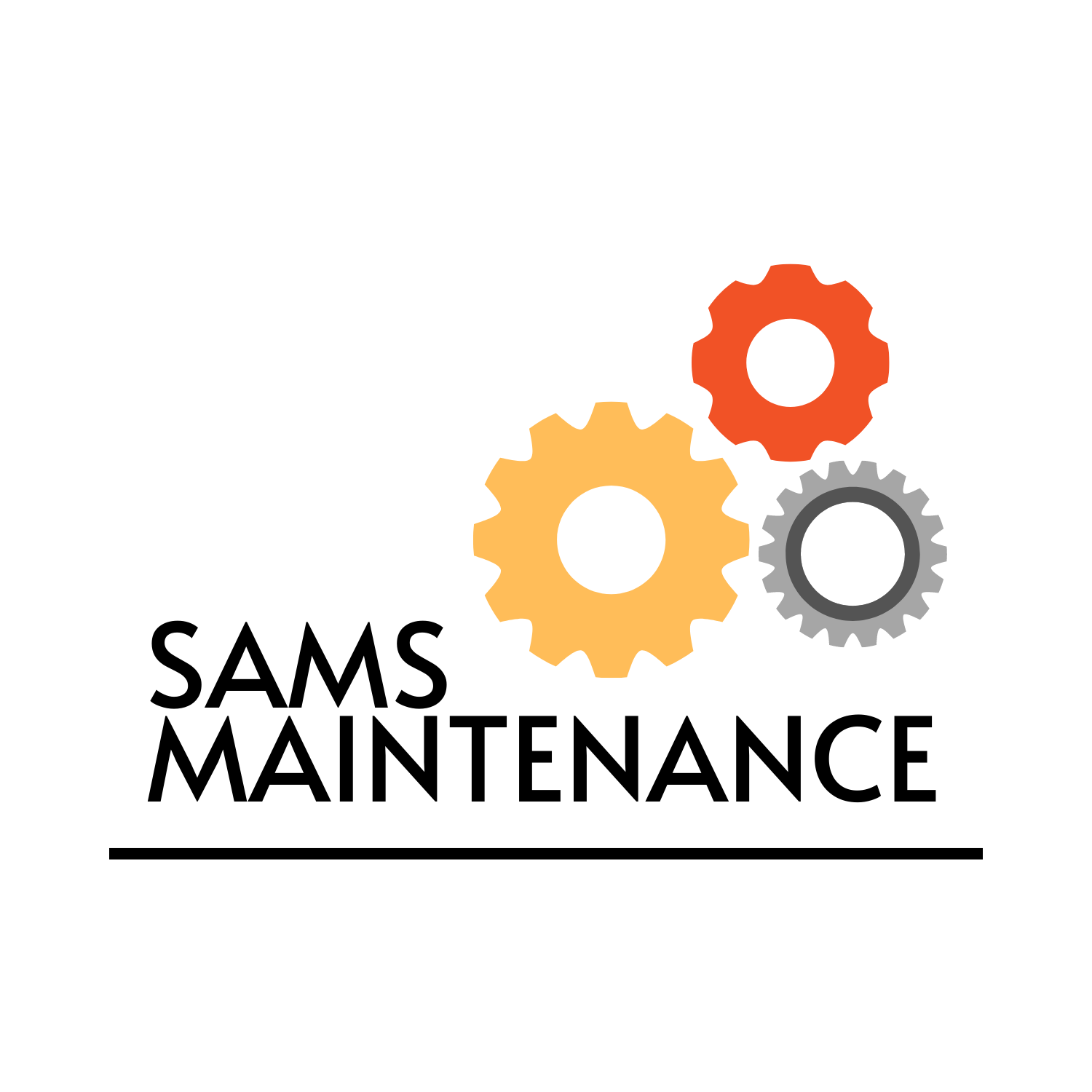As a homeowner, staying ahead of potential issues and ensuring your property remains safe and efficient requires a proactive approach to maintenance. With numerous tasks to complete and limited time available, it can be overwhelming to determine where to begin. This comprehensive guide provides valuable insights into the world of yearly maintenance tips, helping you navigate the complexities of home care and establish a routine that suits your needs.

The 3 Ps of Maintenance
At Sam’s Maintenance, we believe that effective maintenance requires a holistic approach that incorporates three essential principles: Prevention, Prediction, and Proactivity. These interconnected strategies work together to minimize downtime, maximize equipment lifespan, and keep facilities running smoothly.
- Prevention: Regular maintenance tasks, such as cleaning, lubricating, and inspecting equipment, can prevent breakdowns and reduce the risk of costly repairs.
- Prediction: Analyzing data and monitoring equipment performance enables us to anticipate potential issues before they occur, allowing for proactive measures to be taken.
- Proactivity: Identifying and addressing potential problems early on helps prevent minor issues from escalating into major ones, reducing downtime and extending equipment lifespan.
By combining these three Ps, we can create a comprehensive maintenance strategy that ensures our facilities remain safe, efficient, and productive. At Sam’s Maintenance, we’re committed to helping homeowners and DIY enthusiasts master the art of preventive maintenance, making it easier to tackle projects and enjoy a well-maintained home. For more information on how to implement these strategies, visit our preventive maintenance tips page.
The 1 Rule for Home Maintenance
As a homeowner, it’s essential to set aside funds for home maintenance to prevent costly repairs down the line.
- According to experts, the 1 rule for home maintenance is to allocate 1% of the total purchase price of your home annually for repairs and replacements.
- This translates to saving $2,500 annually for a $250,000 home, which works out to approximately $209 per month.
- Keep in mind that this is a rough estimate and doesn’t account for labor costs, materials, or other factors that may impact your home’s maintenance needs.
- For instance, if you live in an area prone to extreme weather conditions, you may need to factor in additional expenses for storm damage or roof replacements.
- Additionally, regular maintenance tasks like changing air filters, inspecting gutters, and scheduling HVAC tune-ups can help extend the lifespan of your home’s systems and reduce the likelihood of costly breakdowns.
- By prioritizing home maintenance, you’ll be better equipped to handle unexpected expenses and keep your home in excellent condition.
- At Sam’s Maintenance, we recommend setting aside a dedicated fund for home maintenance to ensure you’re prepared for any situation that may arise.
- Our team of experts is always available to provide guidance and support to help you navigate the world of home maintenance.
- Whether you’re a seasoned homeowner or just starting out, our resources and expertise will empower you to take control of your home’s maintenance needs and enjoy peace of mind knowing you’re protected.
-
Visit our website at Sam’s Maintenance to learn more about our services and how we can help you achieve your home maintenance goals.
-
We also recommend checking out other reputable sources, such as HomeAdvisor and The Home Depot , for valuable insights and advice on home maintenance and repair.
- Remember, a well-maintained home is a happy home – and with the right tools and knowledge, you’ll be well on your way to achieving your dream of homeownership.

Maintenance Jobs That Should Be Done At Least Once A Year
As a homeowner, it’s essential to stay on top of regular maintenance tasks to keep your home in excellent condition.
- Inspect and Replace Air Filters
- Clean and Inspect Gutters
- Check and Replace Smoke Detector Batteries
- Inspect and Maintain HVAC Systems
- Check and Seal Drafty Windows and Doors
- Inspect and Clean Range Hood Vents
- Check and Replace Water Filter Cartridges
- Inspect and Maintain Plumbing Systems
- Check and Balance Refrigerator Coils
- Inspect and Maintain Fireplaces and Chimneys
Air filters should be inspected monthly and replaced every 3-6 months depending on usage. Dirty air filters can decrease airflow, increase energy bills, and reduce indoor air quality.
Gutters should be cleaned twice a year, once in the spring and again in the fall. Clogged gutters can cause water damage, foundation issues, and pest infestations.
Smoke detector batteries should be checked monthly and replaced annually. Dead batteries can lead to false alarms and decreased safety.
HVAC systems should be inspected annually by a professional to ensure optimal performance, efficiency, and safety.
Drafty windows and doors can increase energy bills, reduce comfort, and compromise security. Check for gaps and seal them with weatherstripping or caulk.
Range hood vents should be cleaned quarterly to remove grease and debris. Clogged vents can lead to fires, poor ventilation, and unpleasant odors.
Water filter cartridges should be replaced every 6-12 months depending on usage. Dirty cartridges can decrease water quality, increase energy bills, and reduce appliance lifespan.
Plumbing systems should be inspected annually by a professional to detect leaks, corrosion, and other issues that can lead to costly repairs and water waste.
Refrigerator coils should be cleaned annually to ensure efficient cooling, reduced energy bills, and prolonged appliance lifespan.
Fireplaces and chimneys should be inspected annually by a professional to ensure safe operation, optimal performance, and compliance with local regulations.
By staying on top of these annual maintenance tasks, you’ll be able to identify potential issues before they become major problems, save money on repairs, and enjoy a safer, healthier, and more comfortable living space.

What is a Maintenance Checklist?
A maintenance checklist is a set of tasks that need to be completed regularly to prevent equipment failure, reduce downtime, and extend the lifespan of assets.
- Types of Maintenance Checklists
- Preventive Maintenance (PM) Checklists: These checklists outline routine tasks to be performed before equipment failure occurs, reducing the risk of unexpected breakdowns.
- Corrective Maintenance (CM) Checklists: These checklists identify and rectify issues after equipment failure has occurred, minimizing downtime and restoring functionality.
- Predictive Maintenance (PdM) Checklists: These checklists utilize advanced technologies, such as sensors and analytics, to forecast potential equipment failures and schedule maintenance accordingly.
- Benefits of Maintenance Checklists
- Improved Equipment Reliability: Regular maintenance ensures that equipment operates efficiently and effectively, reducing the likelihood of breakdowns.
- Increased Productivity: By minimizing downtime and reducing maintenance costs, organizations can increase productivity and meet customer demands.
- Extended Asset Lifespan: Proper maintenance extends the lifespan of assets, reducing replacement costs and environmental impact.
- Compliance with Regulations: Maintenance checklists help organizations comply with regulatory requirements, reducing the risk of fines and reputational damage.
- Creating Effective Maintenance Checklists
- Identify Critical Assets: Determine which assets require regular maintenance based on usage, age, and criticality.
- Develop Clear Tasks: Outline specific tasks to be performed during maintenance, including inspection, repair, and replacement.
- Schedule Regular Maintenance: Establish a maintenance schedule to ensure tasks are completed on time, reducing the risk of equipment failure.
- Train Personnel: Provide personnel with the necessary training and resources to perform maintenance tasks safely and effectively.
- Best Practices for Maintenance Checklists
- Standardize Checklists: Develop standardized checklists to ensure consistency across teams and locations.
- Review and Update: Regularly review and update checklists to reflect changes in equipment, processes, or regulations.
- Document Everything: Maintain accurate records of maintenance activities, including dates, times, and outcomes.
- Monitor Performance: Track key performance indicators (KPIs) to measure the effectiveness of maintenance checklists and identify areas for improvement.
Types of Maintenance
I’m often asked what types of maintenance are essential for keeping my home in great shape.
-
Preventative Maintenance
This type of maintenance involves regular checks and inspections to prevent issues before they become major problems.
- Regular HVAC filter replacements
- Scheduled plumbing check-ups
- Seasonal roof inspections
-
Corrective Maintenance
This type of maintenance involves fixing issues that have already arisen.
- Repairing leaky faucets
- Replacing worn-out door hinges
- Fixing electrical outlets
-
Adaptive Maintenance
This type of maintenance involves making changes to a property to adapt to changing needs or circumstances.
- Installing grab bars in bathrooms
- Widening doorways for accessibility
- Upgrading insulation in attics
-
Perfective Maintenance
This type of maintenance involves improving the overall condition or functionality of a property.
- Painting walls and ceilings
- Refinishing hardwood floors
- Installing new lighting fixtures
By understanding these four types of maintenance, I can better plan and budget for the upkeep of my home, ensuring it remains safe, efficient, and comfortable for years to come.

Preparing Annual Maintenance
At Sams Maintenance, we understand the importance of regular maintenance to keep your home in excellent condition.
- Step 1: Assess Your Home’s Needs
- Step 2: Create a Schedule
- Step 3: Prioritize Tasks
- Step 4: Assign Responsibilities
- Step 5: Budget for Maintenance
- Step 6: Review and Adjust
- Step 7: Stay Informed
We recommend taking stock of your home’s systems, including plumbing, electrical, HVAC, and roofing, to identify potential issues before they become major problems.
Consider factors like weather patterns, usage, and age of components to determine which areas require more frequent attention.
For example, if you live in an area prone to heavy rainfall, your roof may need more frequent inspections and maintenance.
On the other hand, if you have an older home with outdated electrical systems, you may want to prioritize upgrading those components.
By understanding your home’s unique needs, you can create a tailored maintenance schedule that ensures everything runs smoothly.
Once you’ve assessed your home’s needs, it’s time to create a schedule for maintenance tasks.
This can include daily, weekly, monthly, quarterly, semiannually, and annually scheduled tasks.
Be sure to include tasks like changing air filters, inspecting gutters, and checking smoke detector batteries.
You can use a calendar or planner to stay organized and ensure nothing falls through the cracks.
Not all maintenance tasks are created equal, so it’s essential to prioritize them based on urgency and importance.
For instance, addressing a leaky faucet or faulty electrical outlet should take precedence over tasks like cleaning out the garage.
By prioritizing tasks, you can ensure critical issues get addressed promptly, reducing the risk of costly repairs down the line.
Maintenance tasks don’t have to fall solely on your shoulders – assign responsibilities to family members or hire professionals when needed.
This can help distribute the workload, reduce stress, and ensure tasks get completed efficiently.
For example, you might task a family member with changing air filters or scheduling annual HVAC maintenance.
Maintenance costs can add up quickly, so it’s crucial to budget accordingly.
Set aside funds for routine tasks, unexpected expenses, and emergency repairs.
Consider setting aside a portion of your income each month or allocating a specific amount for maintenance each year.
Regularly review your maintenance schedule to ensure it remains effective and efficient.
Adjust your priorities, tasks, and budget as needed to reflect changes in your home or lifestyle.
Stay informed about new technologies, products, and techniques that can enhance your maintenance routine.
Finally, stay informed about the latest maintenance techniques, products, and best practices.
Attend workshops, webinars, or conferences to learn from experts and network with peers.
Follow reputable sources, like our blog, for valuable insights and tips on maintaining your home.
Conclusion:
By following these steps, you’ll be well on your way to creating a comprehensive annual maintenance plan that keeps your home running smoothly and efficiently.
Remember to regularly review and adjust your plan to ensure it remains effective and meets your evolving needs.
At Sams Maintenance, we’re committed to helping you maintain your home with confidence and expertise.

0 Comments